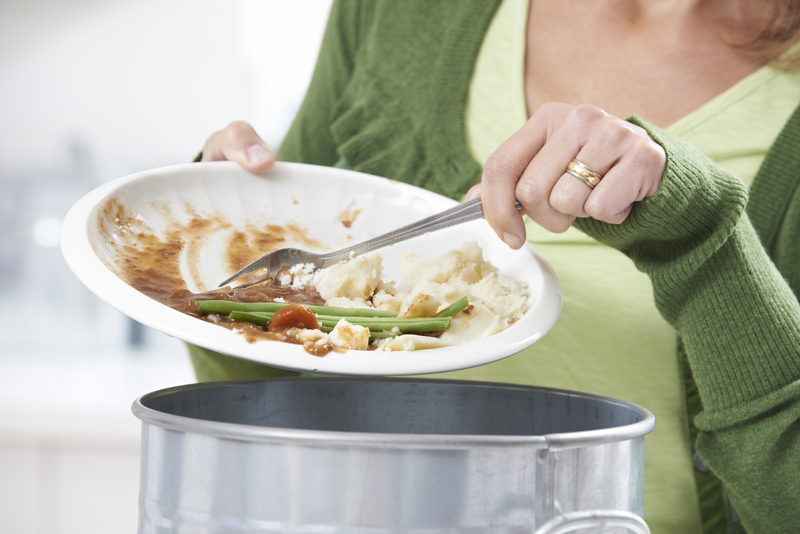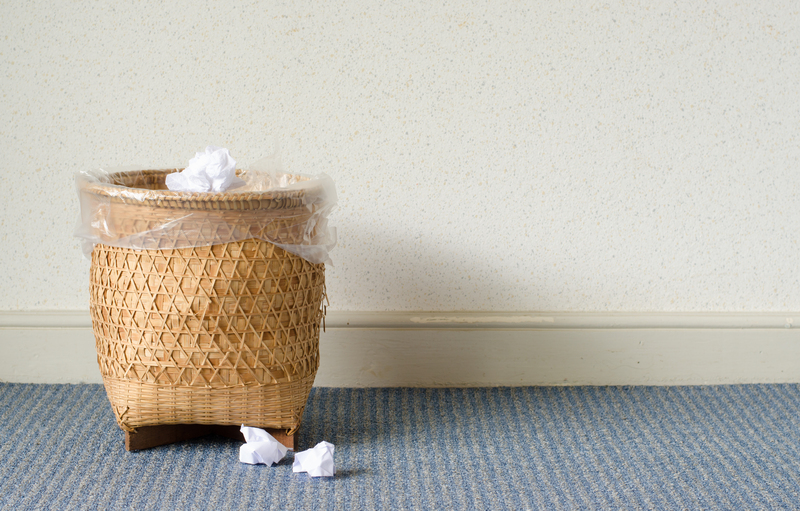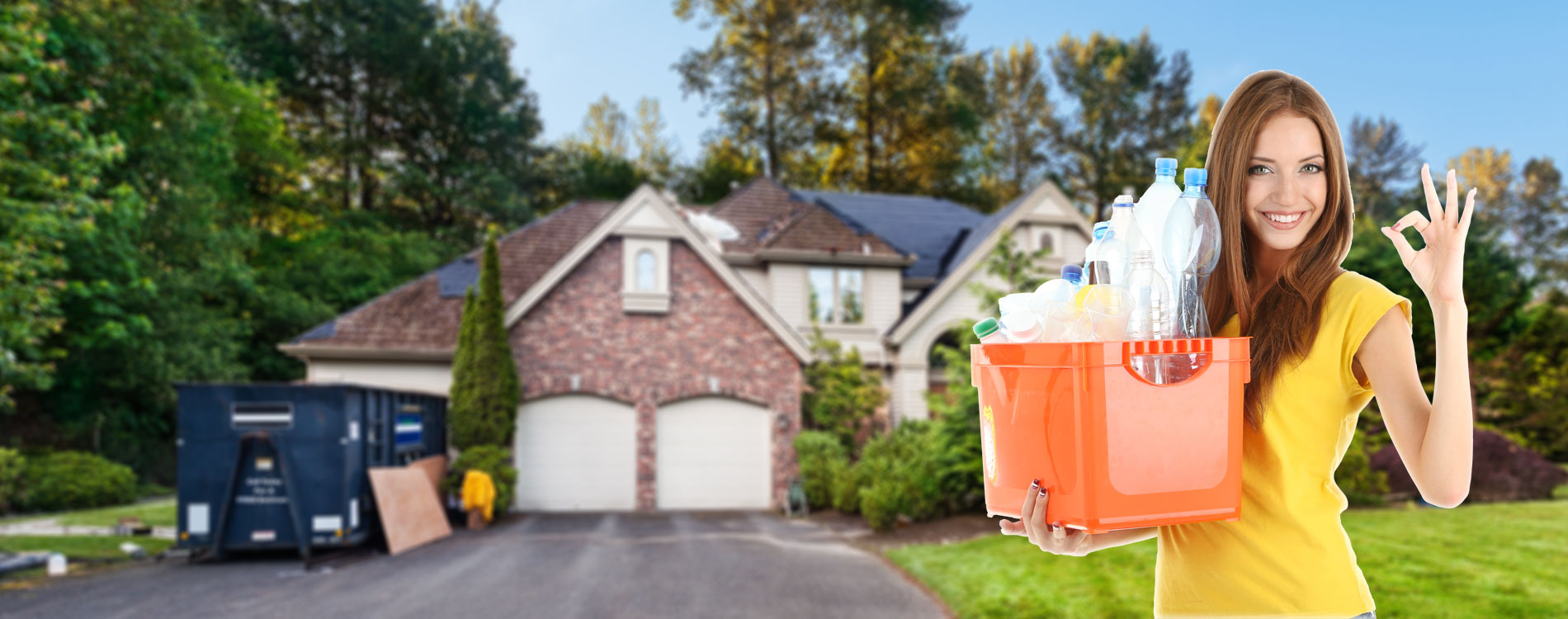Adopting a Zero-Plastic Routine
Posted on 08/10/2025
In an era where environmental concerns are at the forefront of global conversations, adopting a zero-plastic routine is a sustainable step individuals can take to minimize their ecological footprint. With plastic pollution wreaking havoc on marine life and contributing to an ever-growing landfill crisis, making conscious choices to reduce plastic consumption can yield significant environmental benefits.
Why Adopt a Zero-Plastic Routine?
Plastic has become pervasive in our daily lives, from grocery bags to water bottles, cosmetics, and even clothing. The production and disposal of plastic have severe environmental consequences, including the release of toxic chemicals, increased carbon emissions, and severe threats to wildlife.
By transitioning to a zero-plastic lifestyle, you actively contribute to a cleaner planet. You'll lessen the demand for plastic production, reduce waste, and send a powerful message to corporations about consumer preferences. Moreover, you'll likely discover the simplicity and satisfaction that comes with using sustainable alternatives.

Steps to Adopting a Zero-Plastic Routine
1. Evaluate Your Current Plastic Use
Begin by conducting a plastic audit in your household. Identify single-use plastic items you frequently use, such as food packaging, toiletry containers, and household products. This will help you comprehend the extent of your plastic consumption and enable you to pinpoint areas that need change.
2. Replace Disposable Items with Reusables
Invest in reusable alternatives for everyday items. Opt for metal or glass water bottles, stainless steel straws, reusable shopping bags, and beeswax wraps instead of plastic wrap. Over time, these small changes add up and substantially reduce your plastic footprint.
3. Shop Smart
When shopping, choose products with minimal or no plastic packaging. Look for bulk food stores where you can bring your containers. Support companies that use sustainable packaging materials and prioritize quality over quantity.
4. Ditch Plastic Personal Care Products
Many personal care products, such as shampoo, conditioner, and soap, come in plastic bottles. Switch to bar versions of these products, which often come with zero packaging or are wrapped in paper. Additionally, look for brands offering refills to reuse your containers.
5. Make Your Own Cleaning Products
Household cleaners come in plastic bottles, but you can make your own using natural ingredients like vinegar, baking soda, and essential oils. DIY cleaners are not only eco-friendly but also safe for your household and pets.
6. Educate and Involve Others
Share your zero-plastic journey with friends and family. Awareness is key to inspiring collective action. Organize or participate in community clean-up events and discussions about plastic pollution to spread the word.
Tips for Success
- Start small by changing one habit at a time. Avoid overwhelming yourself.
- Stay committed and patient. Transitioning to a zero-plastic routine is a gradual process.
- Always carry reusable bags, containers, and utensils to prevent unexpected plastic use.
- Be mindful and conscious of your purchases. Strive for waste-free and minimalist living.
Pros and Cons of Zero-Plastic Routine
Pros:
- Significantly reduces environmental impact
- Decreases demand for plastic production
- Promotes healthier living with less exposure to plastic toxins
- Encourages sustainable consumer habits
- Contributes to cleaner oceans and landscapes
Cons:
- Initial costs of reusable items can be higher than single-use plastics
- Finding plastic-free alternatives can be challenging and time-consuming
- Resistance from others may occur, leading to social friction

Key Takeaways
- Adopting a zero-plastic routine is a powerful way to combat environmental pollution.
- Assessing your current plastic use is crucial for making effective changes.
- Investing in reusable products helps minimize single-use plastic waste.
- Supporting companies with eco-friendly practices amplifies the impact.
Conclusion
Adopting a zero-plastic routine may seem daunting at first, but it is a vital step towards ensuring a sustainable future for our planet. By making mindful choices and gradually integrating eco-friendly practices, individuals can significantly reduce their plastic consumption and inspire others to follow suit. Remember, every small change contributes to a larger positive impact on the environment.
In conclusion, the journey towards a zero-plastic lifestyle is a marathon, not a sprint. Patience, persistence, and collective effort are essential to making a meaningful difference. Embrace the challenge, and be part of the movement towards a cleaner, greener world.


 020 8610 9486
020 8610 9486












